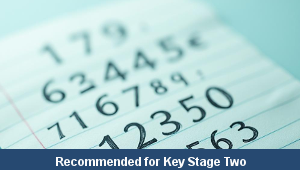Lesson Three – Sketching Proportion

This art and design teaching pack for Key Stage Two gets the children to practise drawing faces using the correct proportions for each of the different features such as the eyes, nose and mouth.
The class can identify and explain how to use a template shape to make sure that any part of the face has the correct proportions and how to use weighted lines and textures to create a realistic shape.
Download this teaching pack including a lesson plan, classroom activities and an interactive presentation to teach the children to practise drawing faces using the correct proportions for each of the different features such as the eyes, nose and mouth
Activities in this teaching pack include display posters to identify and describe techniques used by an artist when sketching the human body, a shared reading text to present instructions about how to draw a face using the correct proportions and a template to use when sketching the features on a human face.
The interactive presentation gets the children to identity and describe how an artist has used proportion when sketching and painting the human body.
This lesson is part of a art and design scheme of work to get the children to develop sketching skills and techniques when drawing parts of the human body by investigating drawings and paintings produced by Leonardo da Vinci. There are teaching activities for shared learning, activity worksheets to support independent learning and interactive presentations to introduce concepts and key skills.
-

Maths Arithmetic Assessment
Assess abilities in solving arithmetic number problems for addition, subtraction, multiplication and division when working with informal and formal written calculations
-

Environment
Identify and describe some of the special landscapes and locations that can be found in the world and reflect on how they can be protected and preserved for the future
-

Silent Letter Words
Explore and illustrate the meanings and spellings of some different words with silent letters when using them in a range of topics and scenarios
-

Complaint Letters
Explain and model how to format and structure writing when composing letters of complaint about different issues and scenarios
